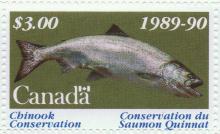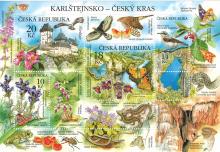Extinction Possible as Salmon Runs Hit Near-Record Lows
The population of spring-run Chinook salmon (Oncorhynchus tshawytscha) has ebbed to the point where fish advocates, Native Americans and environmentalists are warning near-term extinction is a real possibility. Last week, divers conducted the annual fish population survey on an 80-mile stretch of the Salmon River that winds its way near the California-Oregon border, and found the number of spring-run Chinook salmon was just 110. That figure represents the second lowest number in the 20 years of data collection.










